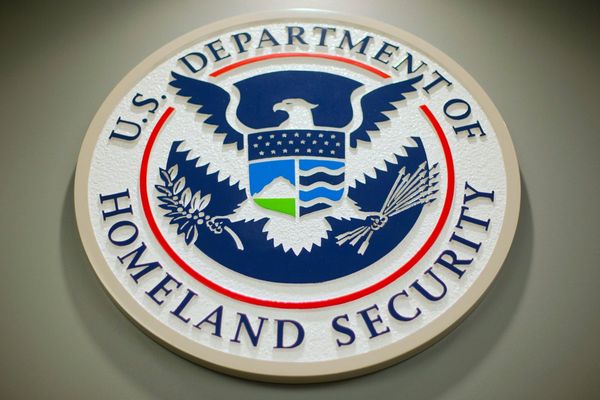
Russia could be ready to provoke a localised explosion at Zaporizhzhia nuclear plant, Ukraine’s President Zelenskiy has said.
Zelenskiy cited Ukrainian intelligence as the source of his information and called for greater international attention to the situation at the facility, the largest nuclear plant in Europe. Since seizing it last year, Moscow has turned it into a military base from which it has bombarded Ukrainian towns across the Dnipro reservoir.
“There is a serious threat because Russia is technically ready to provoke a local explosion at the station, which could lead to a [radiation] release,” Zelenskiy told a joint news conference in Kyiv with the visiting Spanish prime minister, Pedro Sánchez.
Earlier on Friday, Ukraine’s military intelligence directorate (GUR) claimed that Russian troops were reducing their presence at the Zaporizhzhia nuclear power plant, with staff told to relocate to Crimea and military patrols scaled back.
The agency’s chief, Kyrylo Budanov, has alleged that Moscow has approved a plan to blow up the station and has mined four of the six power units, as well as a cooling pond.
According to the GUR, several representatives of Russia’s state nuclear energy agency, Rosatom, have already left. Ukrainian employees who stayed at the plant and signed contracts with Rosatom had been told to evacuate by Monday, preferably to Crimea, it said.
On Thursday Ukraine conducted nuclear disaster response drills in the vicinity of the power station, regional officials said.
Russia’s UN ambassador, Vassily Nebenzia, replied saying that he had written to the UN security council and secretary general, António Guterres, to state: “We do not intend to blow up this NPP [nuclear power plant], we have no intention of doing so.”
In a separate development, the US army general, Mark Milley, told the National Press Club in Washington that Ukraine’s counteroffensive could take up to “10 weeks” and be “very, very bloody”.
“War on paper and real war are different,” Milley said. “In real war, real people die. Real people are on those frontlines and real people are in those vehicles. Real bodies are being shredded by high explosives.”
Milley said the counteroffensive was “advancing steadily, deliberately working its way through very difficult minefields … 500 metres a day, 1,000 metres a day, 2,000 metres” – and that he was not surprised progress was slower than some people and computers had predicted.
“What I had said was, this is going to take six, eight, 10 weeks. It’s going to be very difficult,” he added. “It’s going to be very long, and it’s going to be very, very bloody. And no one should have any illusions about any of that.”
The US is also considering approving the transfer of controversial cluster munition warheads to Ukraine to boost Kyiv’s counteroffensive, CNN reported.
Officials told CNN that “a final decision is expected soon from the White House, and that if approved, the weapons could be included in a new military aid package to Ukraine as soon as next month”.
Cluster bombs are designed to release dozens of smaller bombs, called submunitions, over a wide area, but the smaller munitions do not always explode, posing a future risk to civilians. The bombs were banned under international law by a treaty that has been signed by more than 100 countries – but not Russia, the US or Ukraine.
Meanwhile, according to the Washington Post, the CIA director, William Burns, made a secret trip to Ukraine, where officials outlined a strategy to take back control of Russian-occupied territories and bring the war to an end.
Overnight the Post reported that Burns had recently travelled to Ukraine to meet Zelenskiy and Ukrainian intelligence officials. During the trip, the officials revealed a Ukrainian strategy to recapture territories occupied by the Russians as well as their endgame to open peace talks with Moscow with a view to ending the war.
According to the New York Times and the Wall Street Journal, Burns recently called the Russian spy chief, Sergei Naryshkin, after last week’s aborted mutiny in Russia, to reassure the Kremlin that the US had no role in it.
Reuters, the Associated Press and Agence-France Presse contributed to this report







